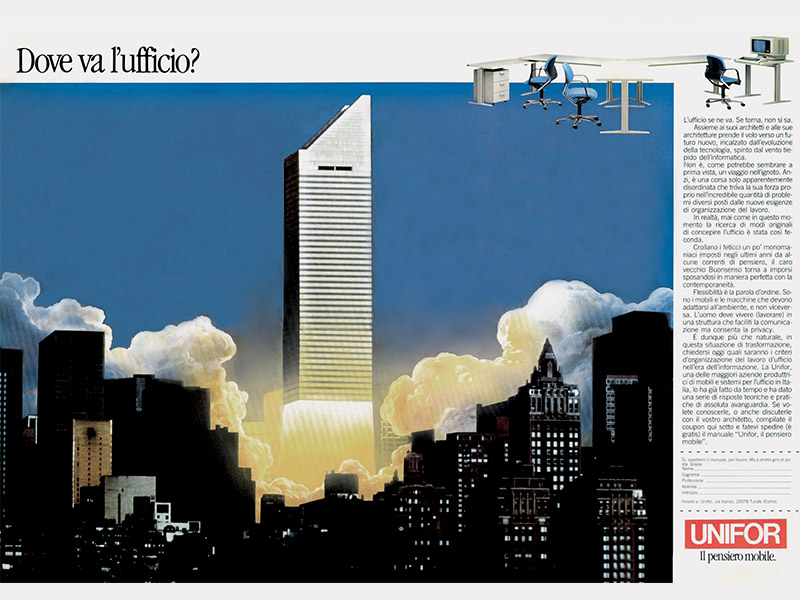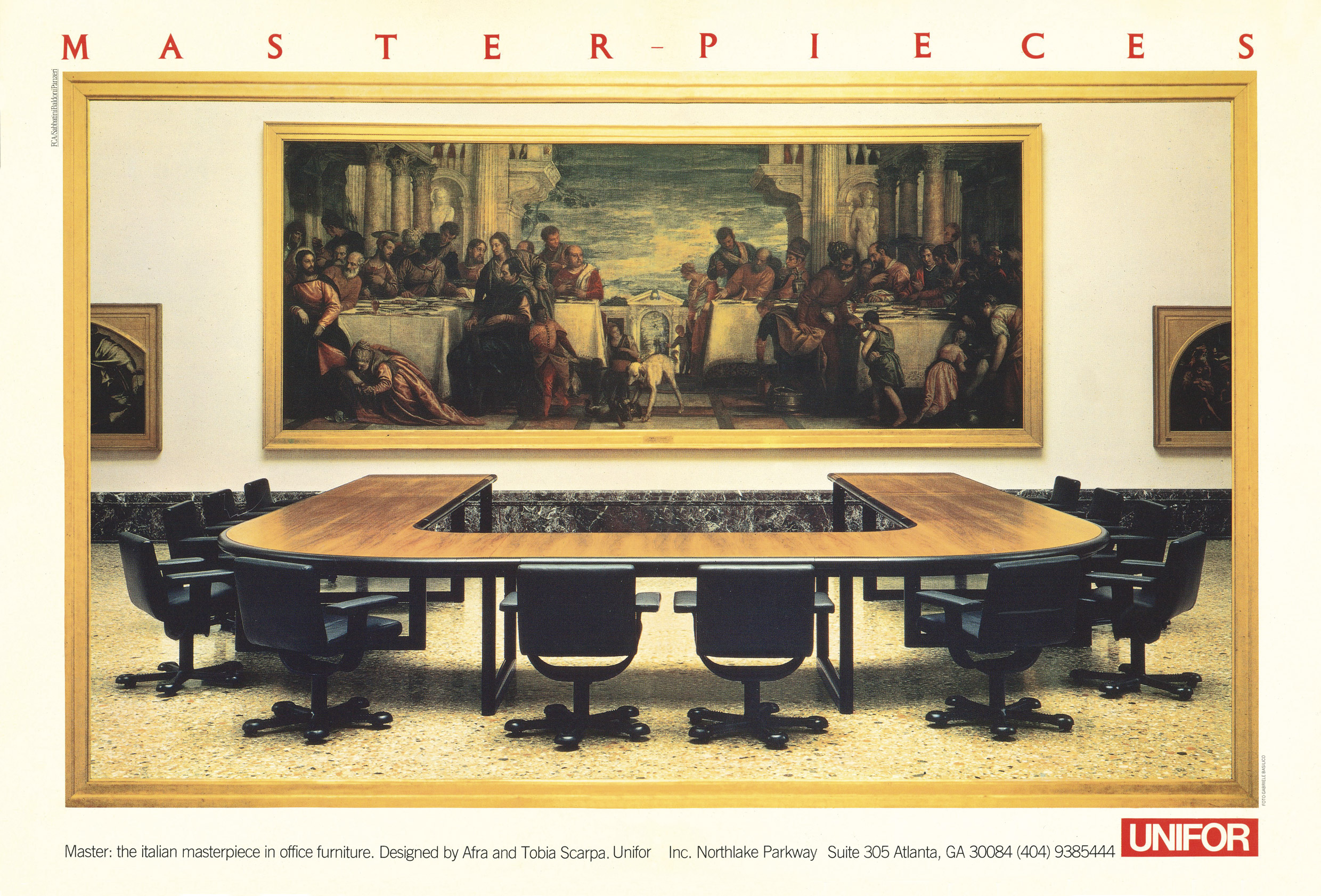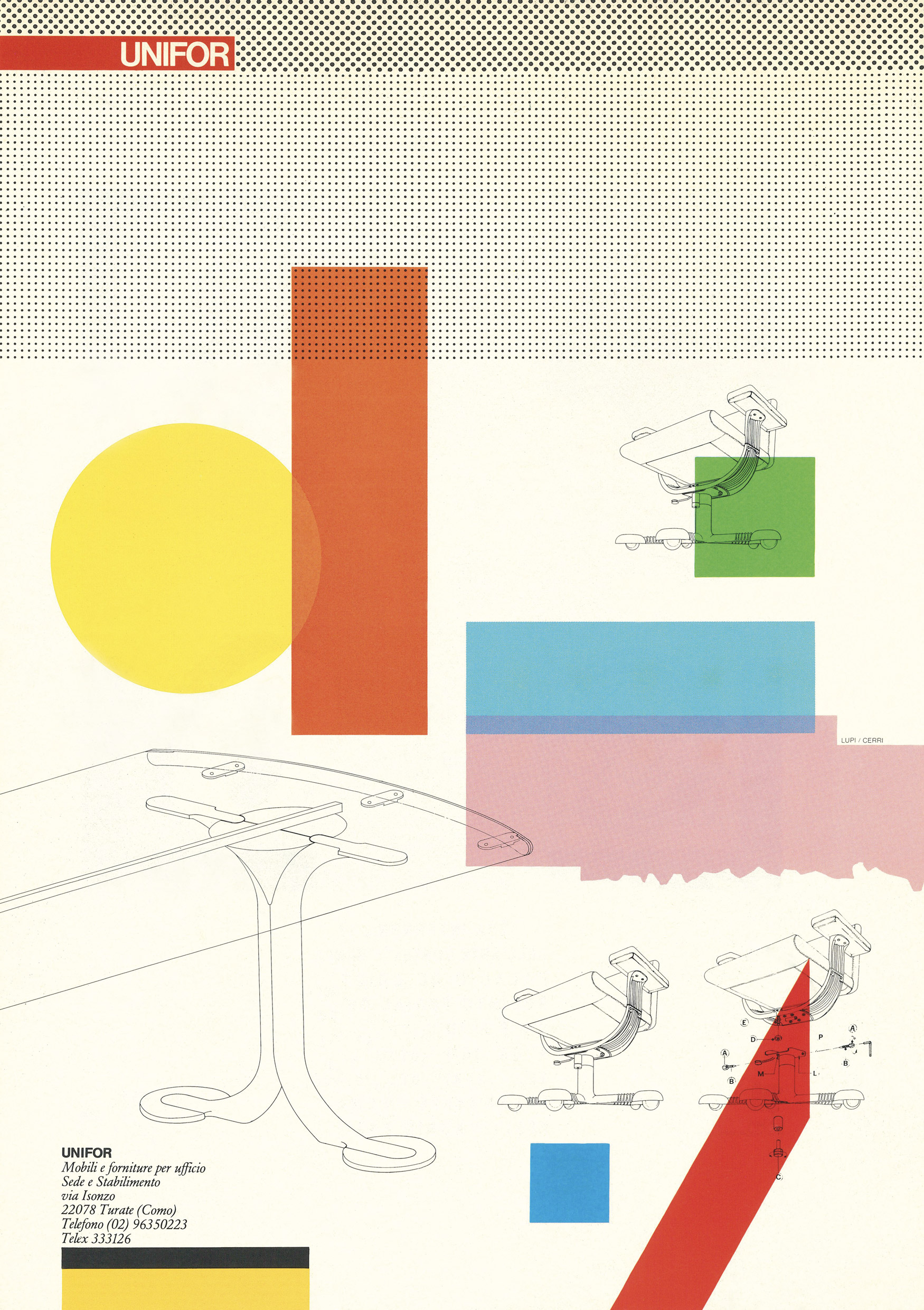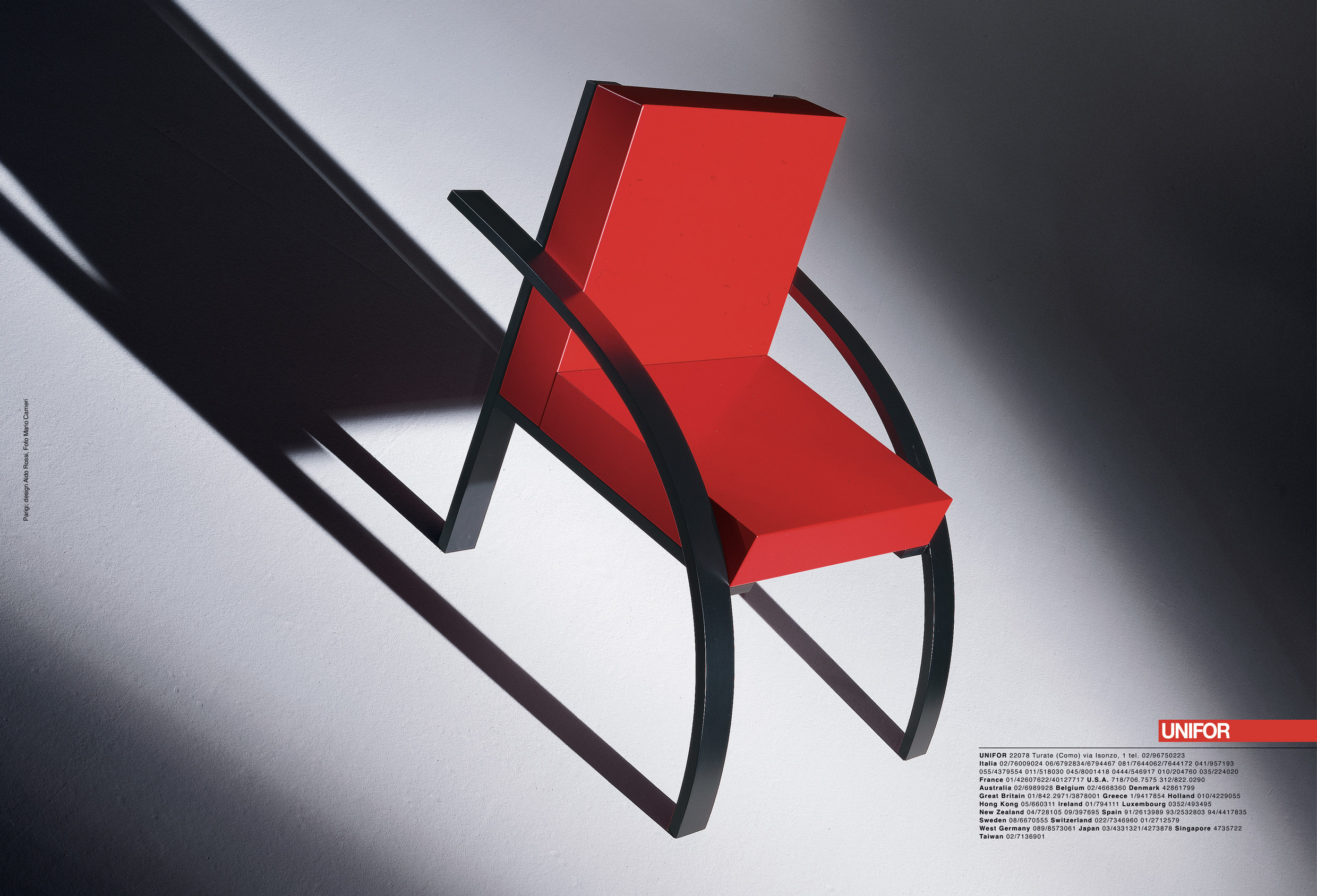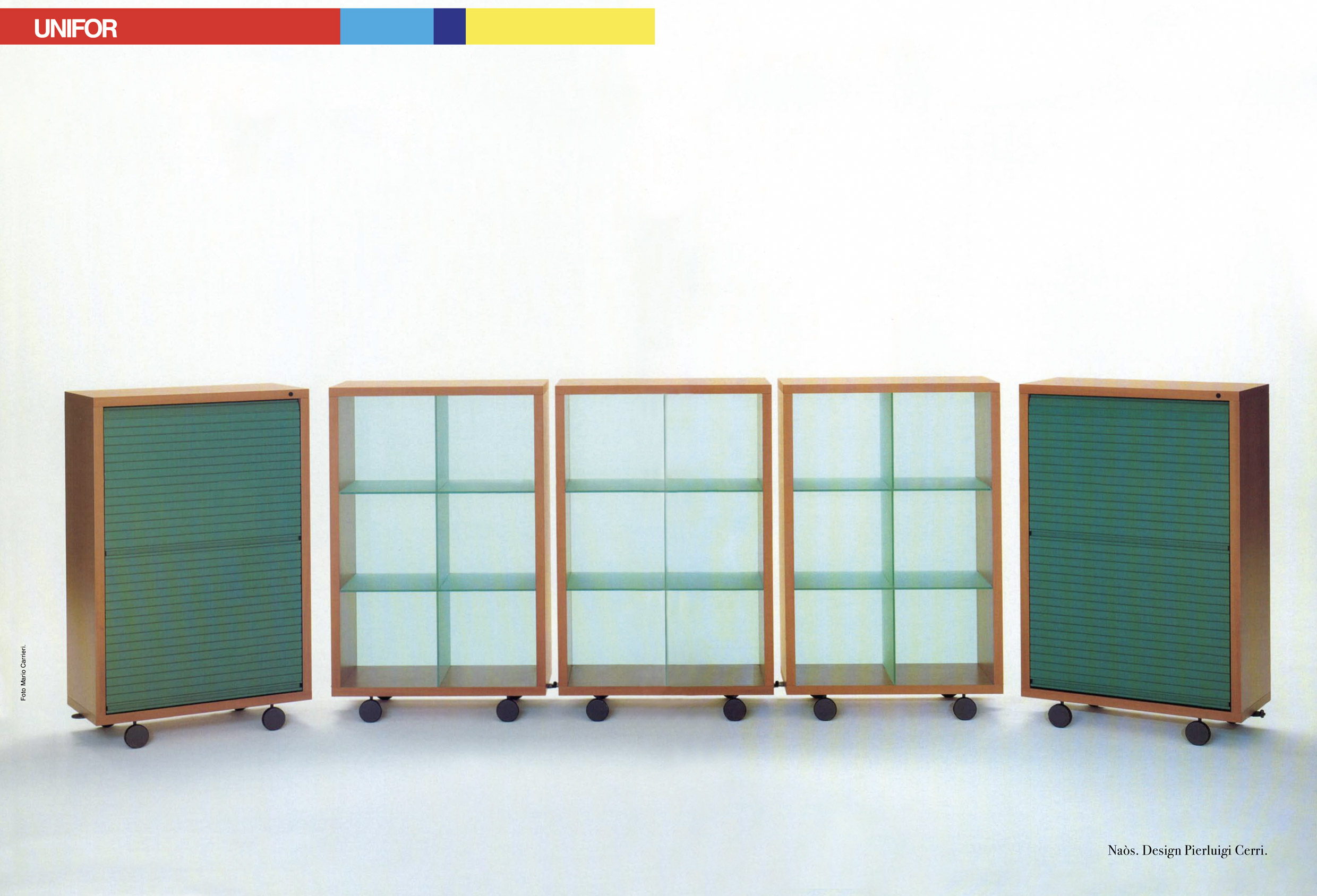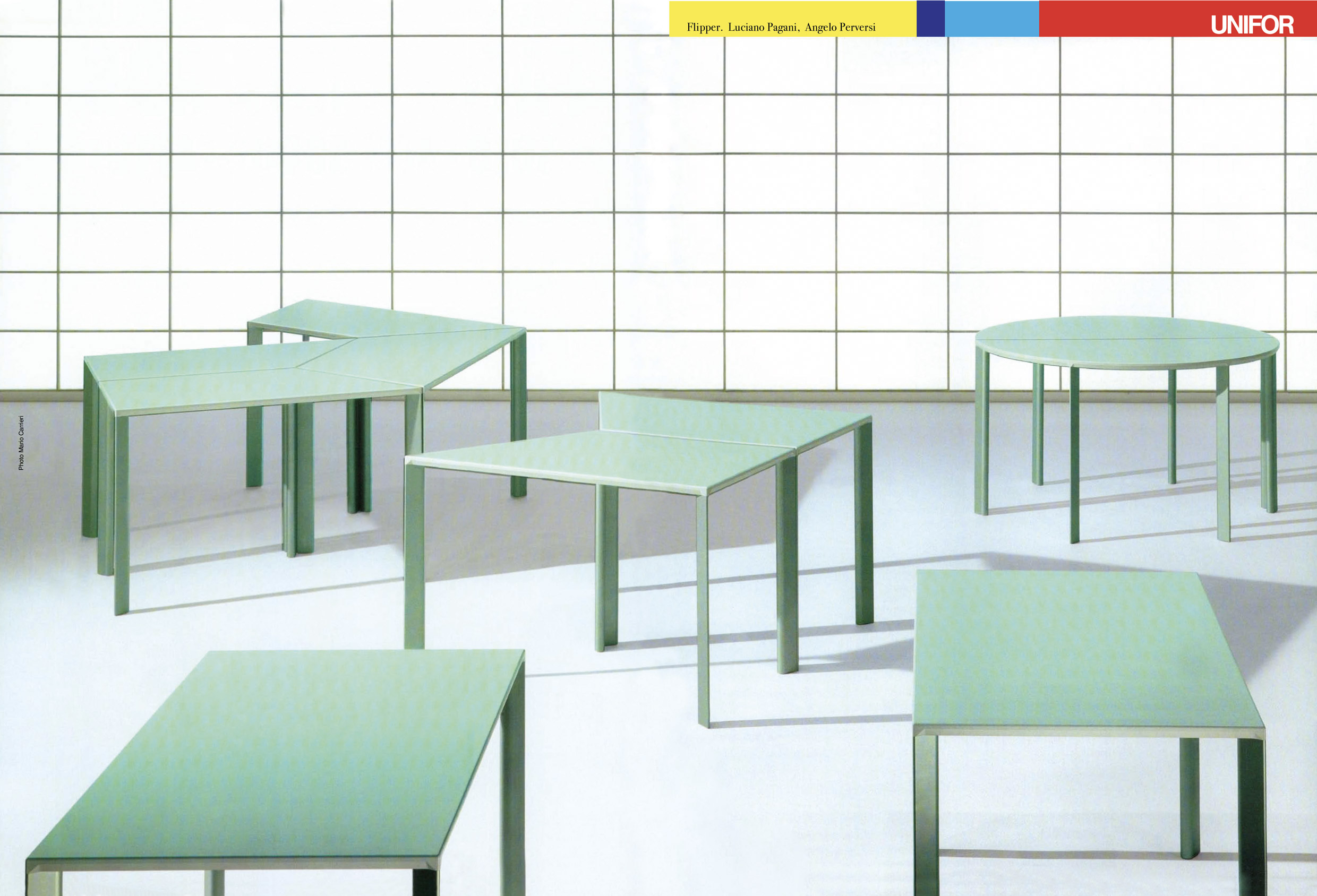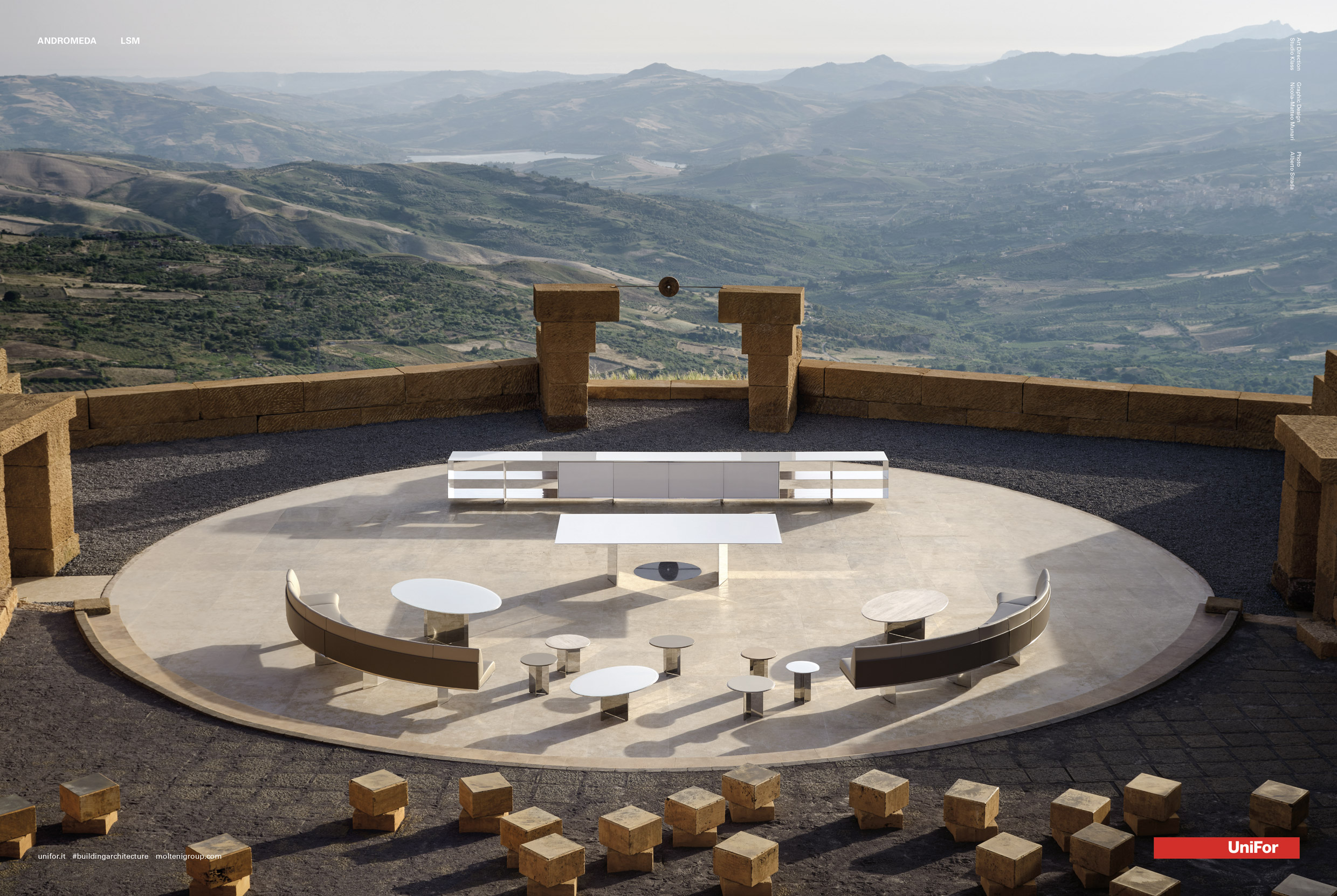Museum 2D
Born from the acquisition of Casaluci in Rovellasca, UniFor EMME 3 entered the 1970s under the leadership of engineer Piero Molteni, with Michele Casaluci as art director and the collaboration of Unimark International, led by Bob Noorda and Franco Mirenzi. The brand’s graphic identity, clean and functional, distilled its core values into a simple, recognizable, and minimalist visual language. Typography played a central role, enhancing both the products and the brand’s aesthetic.
